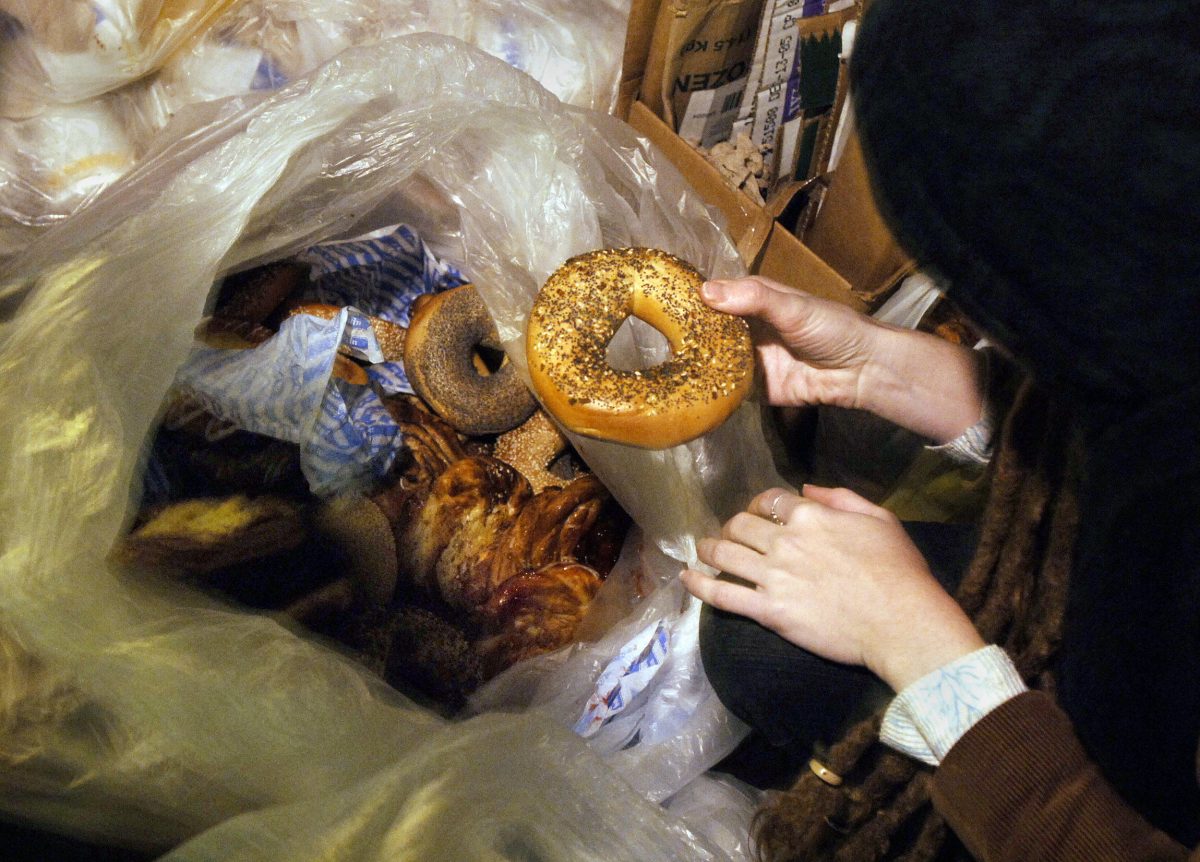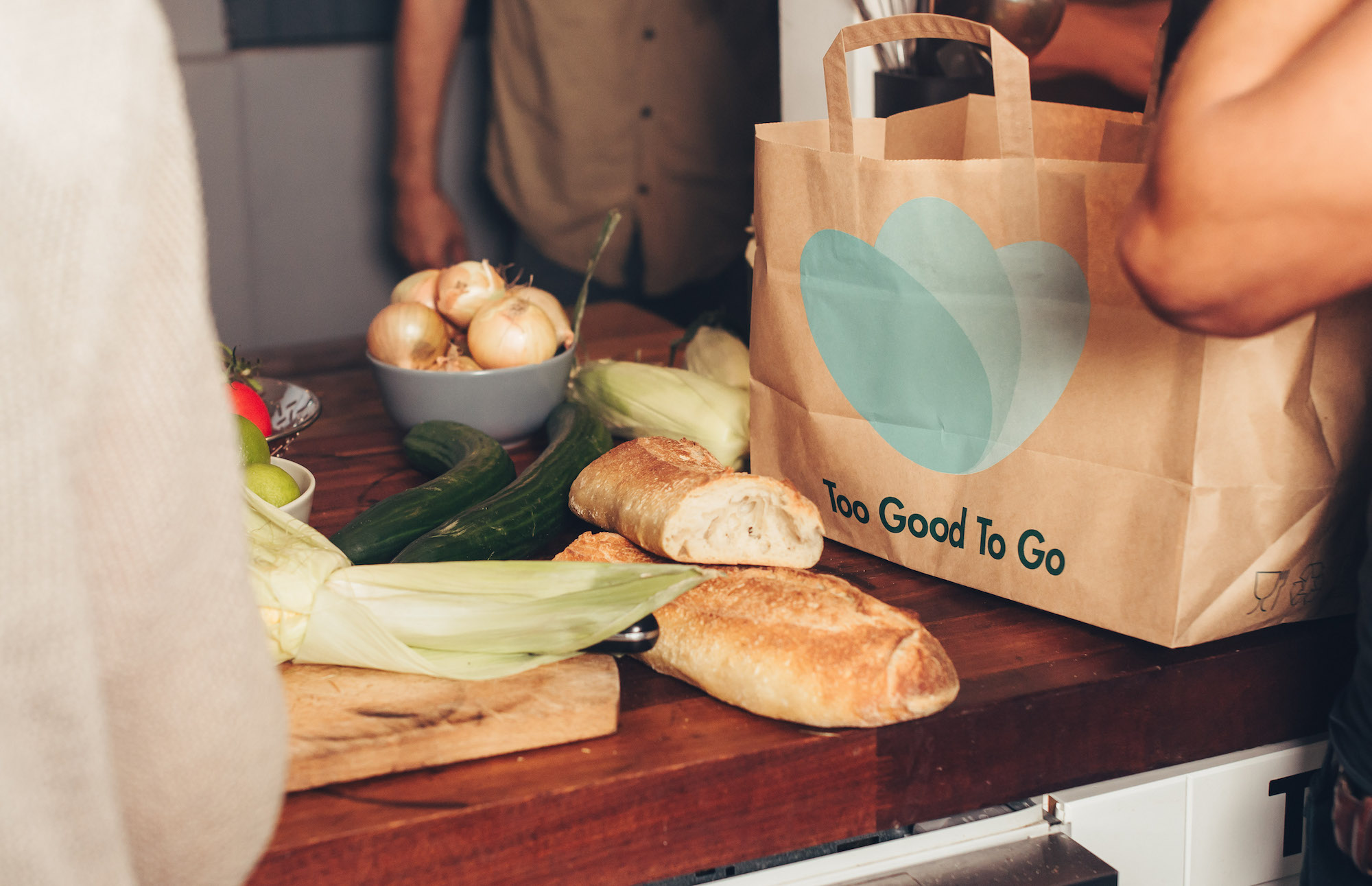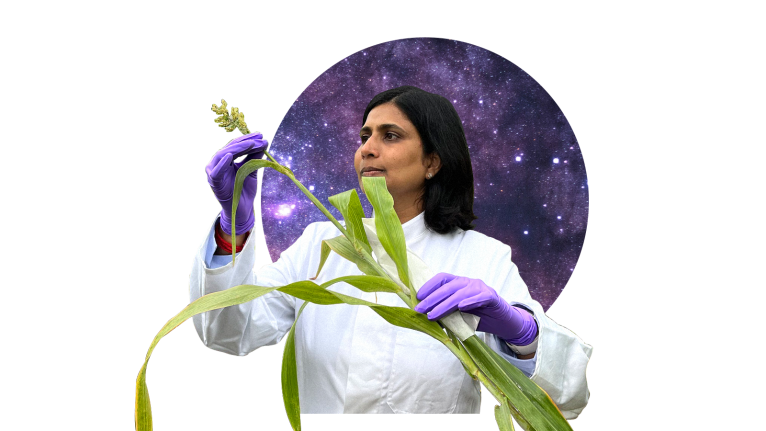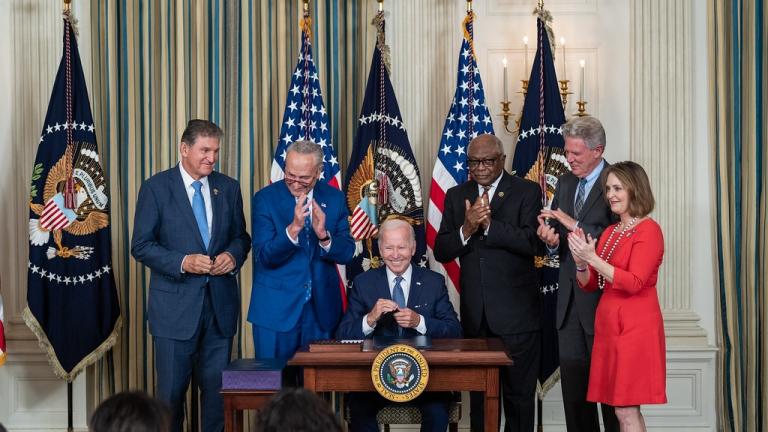Lucie Basch knew that people threw away food that was perfectly good to eat — bananas with a few black dots on the peel, cans of beans just past the expiration date. But when she started working at Nestlé’s factories in the United Kingdom in 2014, she realized the world had a big problem. Much of the food she saw go down the production line — chocolate bars, coffee capsules, and cereals — would never be eaten.
One-third of the food produced worldwide, Basch learned, ends up rotting in fields, the back of people’s fridges, or in the dump. It’s an urgent problem for the climate: Food waste accounts for as much as 10 percent of global greenhouse gas emissions. Decomposing food releases so much methane that if food waste were a country, its emissions would make it the world’s third-worst polluter, behind China and the United States.
“I realized that we need to build a better food system,” Basch said. “And for me, I really wanted to use technologies to connect people at the right time at the right place to enable them to make a difference.”
Basch, a native of France, teamed up with entrepreneurs in Europe to create Too Good To Go — an app that helps bakeries, restaurants, and supermarkets sell their excess food to locals in the form of affordable “surprise bags.” These businesses put their leftover bagels, croissants, and noodle bowls in mystery bags you can reserve through the app for $4 to $6. Then you stop by the shop during the scheduled pick-up window. It’s essentially dumpster diving by smartphone, except that you pay for the goods instead of digging through a dumpster with a flashlight. More than 38 million people around the world have downloaded the app so far.
In recent years, food waste has become the basis of a growing industry. Three U.S. companies — Hungry Harvest, Imperfect Foods, and Misfits Market — buy “ugly” produce, pack it up in cardboard boxes, and deliver it to people’s homes. A Colorado-based company called FoodMaven seeks out surplus food from farmers and large distribution centers and finds ways to sell or donate it; a San Francisco startup, Full Harvest, takes blemished produce from fields and sells it to juice makers and other businesses.
Preventing excess food from heading to the dump was once the domain of counterculture movements like the “freegans” — a loose group of vegans who made exceptions for animal products that they scavenged from dumpsters. New apps and business models are now taking these approaches and scaling them up, aiming to keep food from landfills and maybe turn a profit while they’re at it.
The word “freegan” was originally coined as a joke. It was allegedly minted in 1994 by the activist Keith McHenry after he found a wheel of cheese in a dumpster. Six years later, a pamphlet called “Why Freegan?” turned the joke into a manifesto, defining freeganism as “an anti-consumeristic ethic about eating” and the “ultimate boycott.” A prominent group of freegans in New York City became a media spectacle in the mid-2000s, appearing in the New York Times, on The Oprah Show, and in coverage all around the world, often featuring footage of the group’s weekly dumpster dive.
Freegans saw food waste as a symptom of a broken economic system, not the problem itself, said Alex Barnard, an assistant professor of sociology at New York University. He was active with the New York City group during its height and later wrote a book on freegans and food waste.
“The idea was that food waste is this incredibly poignant symbol of a failure of capitalism. There’s all this labor and animal suffering and exploitation that goes into these commodities,” Barnard said. “But what an amazing additional tragedy: that all of that suffering happens for something that isn’t even consumed.”

These days, Barnard doesn’t meet many people who call themselves freegans, but their efforts have had a lasting effect. Whereas food waste used to be seen as a symptom of the excesses of capitalism, now it’s seen as a problem on its own. And that problem is easier to solve than the bigger issue: overproduction.
“The root of the problem is, we produce way more calories than we can possibly consume,” Barnard said. “At some point, your food waste movement has to actually decrease production.”
Critics like Barnard say that in the scramble to commodify food waste, many of these business ventures have lost sight of the big picture — that the Nestlés of the world are simply producing too much food.
Still, there’s some evidence that food waste-fighting apps are alleviating the situation at hand. A study last year looked at the app OLIO, a platform for people looking to give away food and other household items to their neighbors. After analyzing 170,000 posts on OLIO over the course of about a year and a half, researchers found that almost $1 million worth of food was diverted from garbage cans, the emissions equivalent of between 87 and 156 metric tons of carbon dioxide.
One of the co-authors of that paper, Jonathan Krones, a visiting assistant professor of environmental studies at Boston College, has written that food is getting commodified “from cradle to grave.” Krones believes that businesses started focusing on food waste once “information became cheap”; that is, when nearly everybody had a smartphone, it was easier for bargain hunters to know when those day-old muffins were up for grabs.
Not everyone is convinced that all of the companies fighting food waste are solving real problems. The businesses that sell “ugly” fruits and vegetables, for instance, have been criticized for profiting off produce that didn’t really need diverting, as much of it was already getting sold to restaurants or fed to animals.
To make sure that the food sold on the app wouldn’t have otherwise been donated to food banks, Too Good To Go teams up with local hunger-relief organizations in the cities it operates in. “It’s super important that we fit into the existing ecosystem, and that we can help each other,” Basch said.
Though Krones is concerned about the unintended consequences of commodifying food waste, he’s also excited about the latest crop of companies like Too Good To Go. Their business models are scaling up in the ways that other efforts haven’t. “You know, people have been dumpster diving for a really long time, and there have been ‘gleaning’ organizations for a really long time, and food waste has gone up and up and up,” he said.
Basch sees Too Good To Go as complementary to dumpster diving. “I think a lot of Too Good To Go’s waste buyers are dumpster divers themselves,” she said. “The goal is really to make it more systematic.” Not everyone is comfortable digging through a company’s bins in the middle of the night, after all.
Too Good To Go and similar apps still face obstacles to widespread adoption — namely, what Krones refers to as the “ick factor,” the notion that “second-hand” food is unsanitary. Basch stresses that when you buy a surprise bag on Too Good To Go, you’re getting the good stuff. “You’re actually just saving the food that would have been sold full price just 10 minutes earlier,” she said. On the whole, Too Good To Go users appear to be happy with the contents of their mystery bags, which have garnered an average rating of 4.8 out of 5 stars on the app.
Last fall, Too Good To Go started up in New York City, Boston, and other East Coast cities. This month, it has expanded to the West Coast, launching in San Francisco, Seattle, and Portland. More than 700,000 Americans have downloaded the app so far, according to a spokesperson. On a typical scroll through the Seattle app, you’ll find mystery bags of bagels and udon noodle bowls that have already sold out, alongside plenty of bottles of nearly expired olive oil ready for the taking. (One can only make so much pesto.)
“We know that we’re saving close to 200,000 meals every day now, but it’s just a drop in the ocean, really, so we need to do more, we need to go faster,” Basch said.
Too Good To Go estimates that on average, each “meal” (meaning each surprise bag) sold averts 2.2 pounds of food from the dump. That’s the carbon-emissions equivalent of fully charging a smartphone 422 times.



